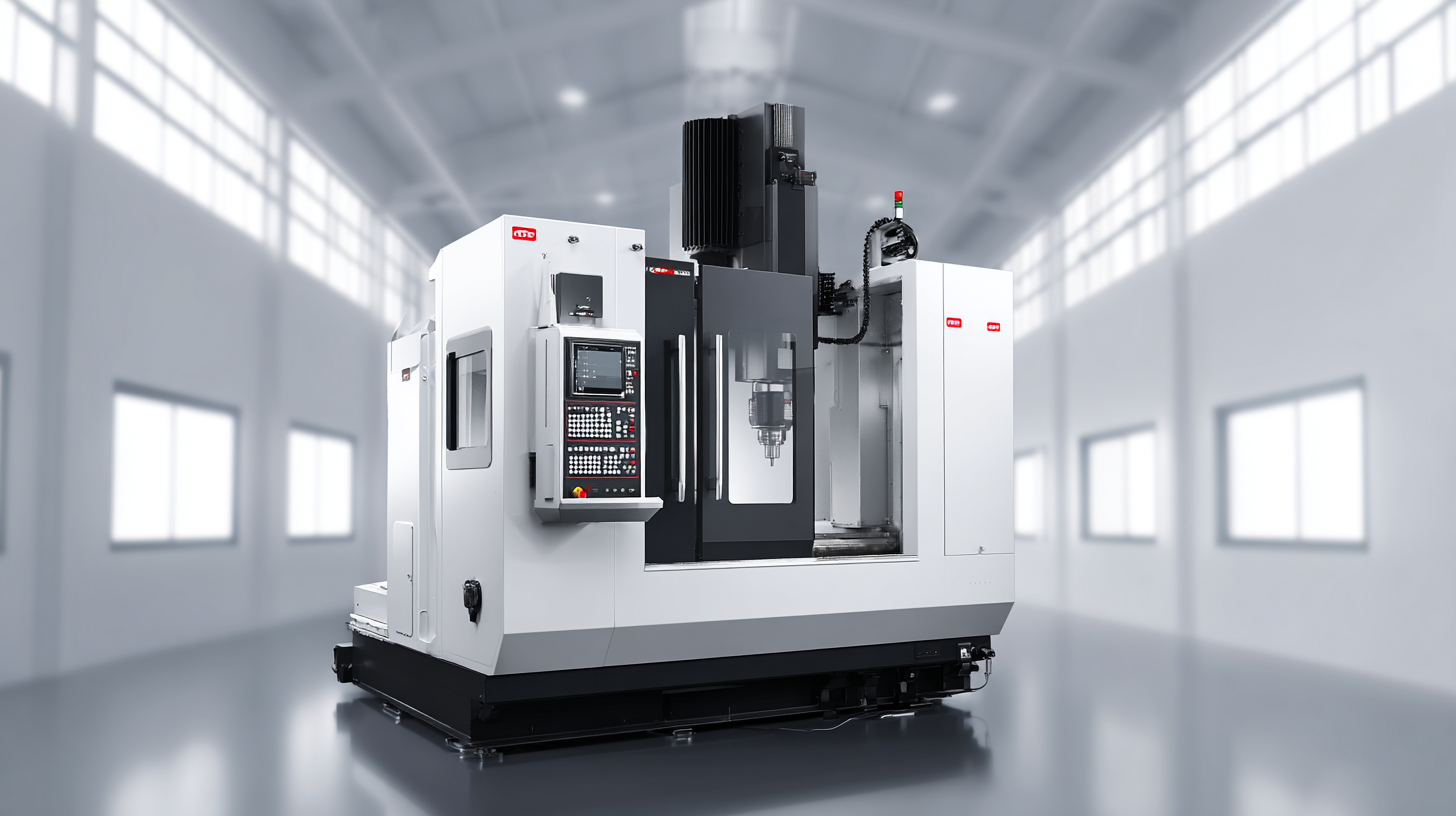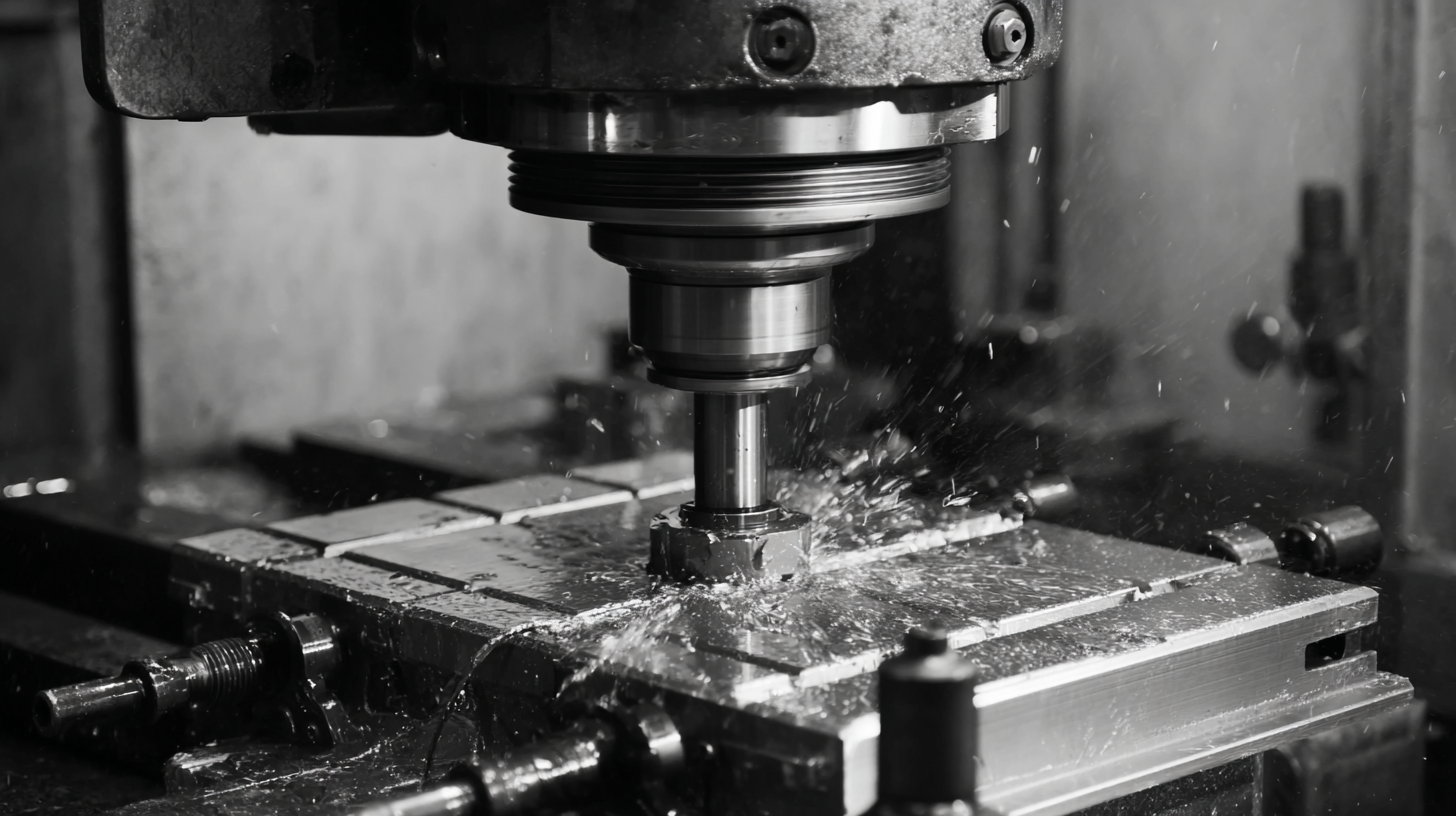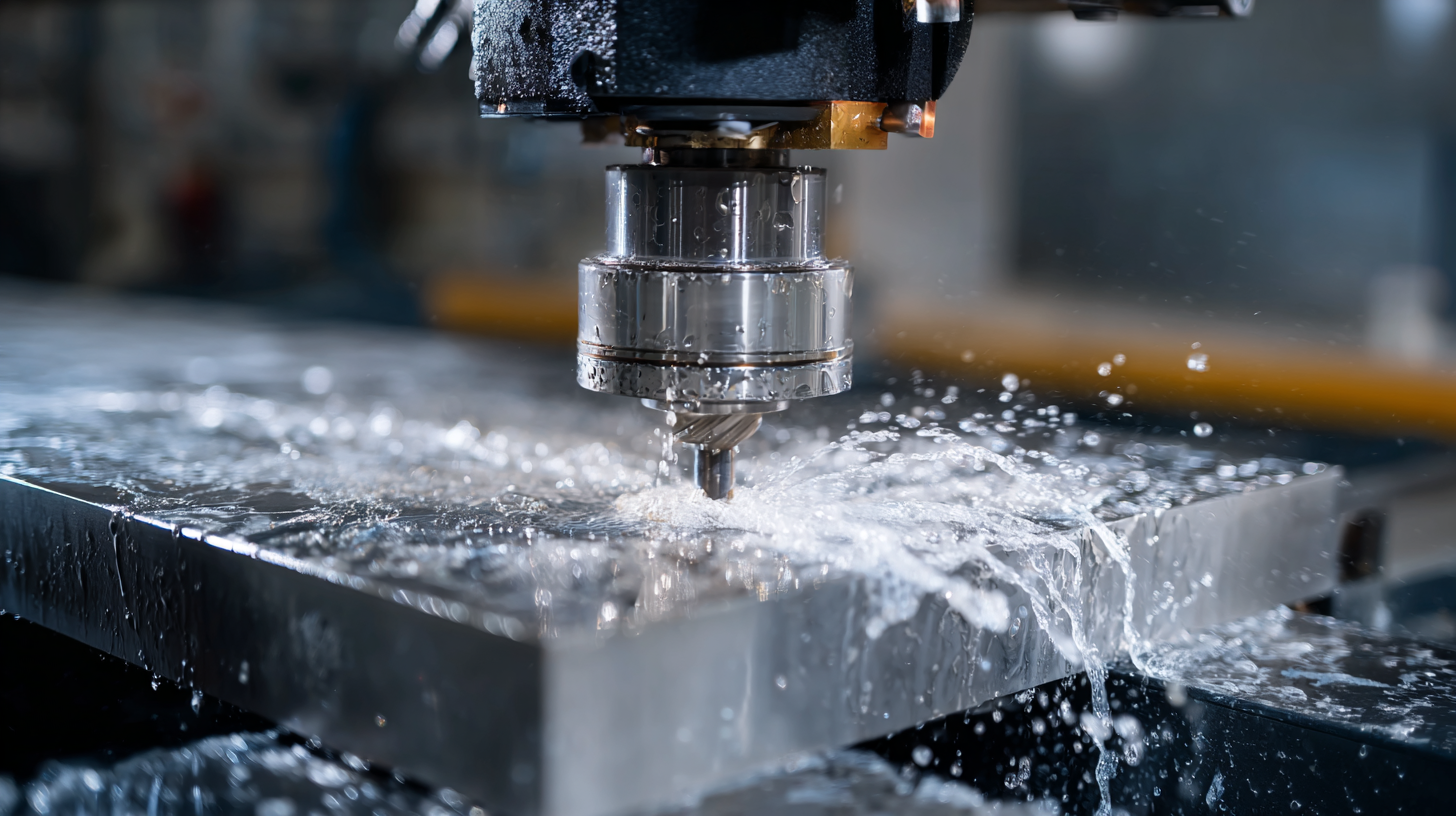
In the rapidly evolving landscape of manufacturing, the selection of the right industrial CNC milling machine is crucial to maintaining competitiveness and efficiency. According to a recent industry report by MarketsandMarkets, the CNC machining market is expected to reach $100 billion by 2025, driven by the increasing demand for precision engineering across various sectors. As businesses strive to enhance productivity and reduce operational costs, understanding the unique features and capabilities of different CNC milling machines becomes essential. This ultimate guide will equip you with the knowledge needed to make informed comparisons among the best industrial CNC milling machines tailored to your business needs, ensuring you can navigate the complexities of modern manufacturing with confidence.

The future of CNC milling machines is poised for rapid evolution, driven by significant market growth and technological advancements. The global CNC machine market size is anticipated to surge from $101.22 billion in 2025 to an impressive $195.59 billion by 2032, reflecting a robust compound annual growth rate (CAGR) of 9.9%. This increase is largely fueled by the escalating demand for precision components across various industries such as automotive, aerospace, and electronics, demanding advanced solutions that enhance productivity and accuracy.
As we approach 2025, key trends are emerging that will reshape the landscape of CNC milling technology. The incorporation of artificial intelligence (AI) and robotics is set to revolutionize machining processes, enabling manufacturers to achieve unprecedented levels of automation and efficiency. Notably, the CNC Vertical Machining Center market is projected to grow to $16.37 billion by 2034, showcasing a CAGR of 5.36%. Innovations in end milling machines are also notable, with a focus on precision metalworking driving advancements that enhance operational capabilities while reducing production costs. Embracing these trends will be essential for businesses looking to maintain a competitive edge in an increasingly sophisticated market.
When selecting industrial CNC milling machines for your business, understanding the
essential features
that ensure productivity and precision is paramount. According to a recent industry report
by Grand View Research, the global CNC machining market is expected to reach
$117.93 billion by 2028, with a CAGR of
6.6%. Such growth reflects the increasing demand for
advanced machinery that delivers high efficiency and accuracy.
Key features to consider include the machine's axis configuration, spindle speed, and tool capacity. A
5-axis milling machine is essential for
complex geometries, as it allows for enhanced maneuverability and precision. Reports also indicate
that machines with higher spindle speeds can significantly reduce cycle times, optimizing overall
production efficiency.
Tips: Always evaluate the software
compatibility that comes with the CNC machine. Ensure it supports your existing CAD/CAM systems
to streamline operations. Additionally, consider the machine's maintenance requirements—investing
in equipment with lower maintenance needs can enhance your operational uptime. Finally, look for
automation options; integrating robotics can further increase productivity and minimize human error in
machining processes.
In 2025, the CNC milling machine market is poised for significant growth, driven by an increasing demand for high-precision manufacturing across various industries. As the global CNC machine market is projected to swell from $101.22 billion in 2025 to $195.59 billion by 2032, understanding the comparative advantages of leading CNC milling brands becomes essential for businesses seeking to enhance operational efficiency. A thorough analysis reveals that different manufacturers are capitalizing on unique technologies and designs to cater to diverse business needs, ensuring that mill capacity, precision, and reliability are at the forefront.
The analysis of milling machine types, including horizontal and vertical milling machines, sheds light on the evolving trends and preferences of manufacturers. Each type offers distinct advantages, with horizontal milling machines often preferred for larger workpieces and vertical milling machines excelling in delicate, precise operations. This detailed comparison not only helps businesses make informed decisions but also highlights emerging innovations that could redefine their production processes. As companies look toward 2025, aligning their CNC milling choices with industry standards will be crucial for maintaining competitiveness in a rapidly changing market.
Investing in CNC milling technology can significantly enhance your business's productivity and precision. However, before committing to such an investment, a cost-benefit evaluation is essential. Consider the initial purchase price alongside operating costs, including maintenance, software updates, and training requirements for your staff. This analysis will help you gauge the long-term return on investment and align your CNC milling choices with your business goals.
One useful tip is to assess the scalability of the CNC machines you are considering. Look for models that can grow with your business. If your operations expand, having a machine that can adapt to new requirements without needing a full replacement will save both time and money. Additionally, it's wise to evaluate different brands and models to understand their reliability and support services, which can significantly influence overall operational costs.
Another crucial factor to consider is the technology updates and enhancements available in the market. Staying informed on the latest advancements can help you choose a machine that not only meets your current needs but also accommodates future growth. Therefore, watching for trends and innovations will allow your business to remain competitive and leverage the full capabilities of CNC milling technology.

The landscape of manufacturing is undergoing a monumental shift, powered by innovations in CNC milling technology. Automation has become a cornerstone for enhancing the efficiency and precision of production processes. Modern CNC milling machines are now equipped with advanced software that allows for real-time monitoring, predictive maintenance, and seamless integration with other automated systems. This not only boosts productivity but also minimizes downtime, leading to significant cost savings for businesses.
As businesses increasingly adopt intelligent automation solutions, the role of CNC milling machines evolves from mere machinery to integral components of a smart manufacturing ecosystem. These machines are capable of making rapid adjustments based on incoming data, ensuring optimal performance and precision. Moreover, the introduction of collaborative robots (cobots) alongside traditional CNC equipment facilitates a new paradigm where human operators and machines work in harmony. This synergy helps streamline workflows, enhance safety, and improve overall output quality, making industrial CNC milling a key player in the future of manufacturing.


